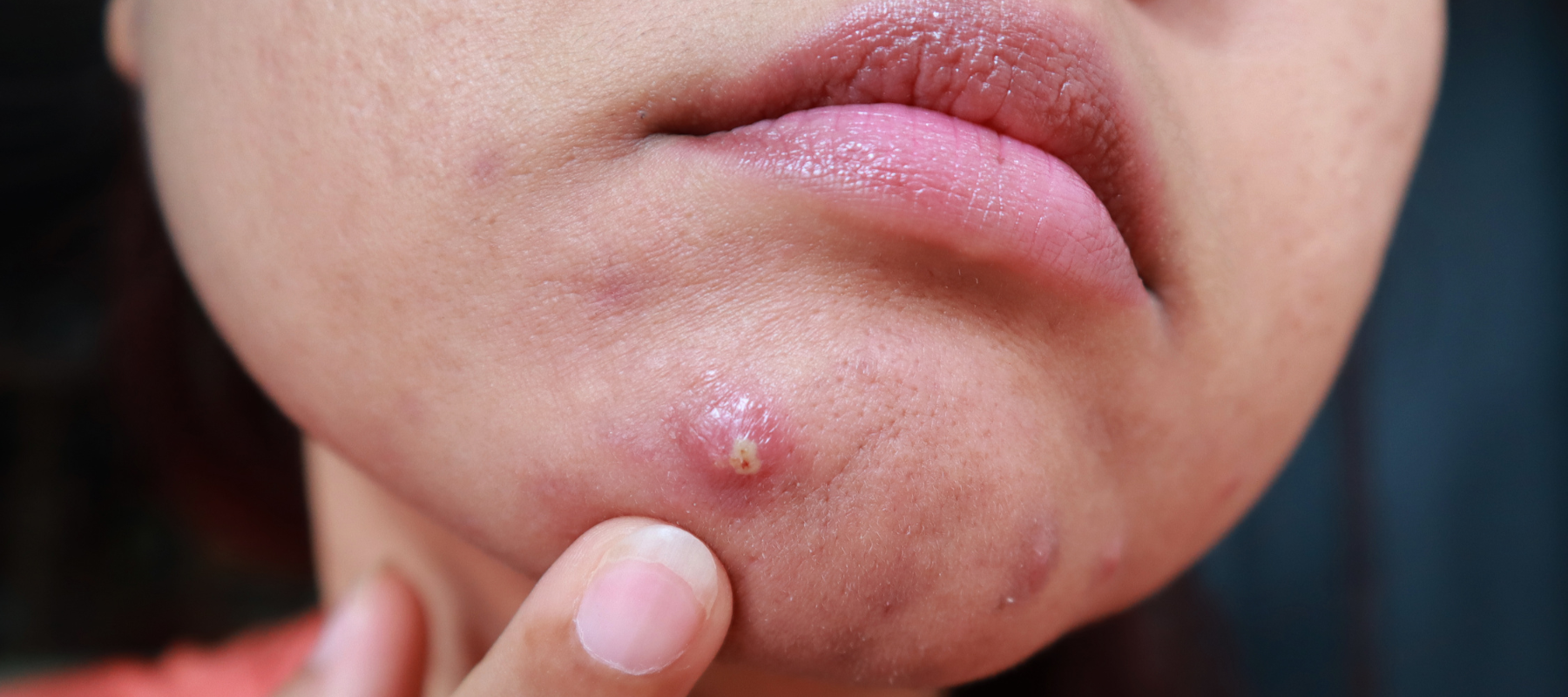
Understanding Facial Fungal Acne
Whether the acne on your face is bumpy, red or capped with a black or whitehead, it is acne at the end of the day, right? Well, we hate to break it to you but NO! Not all acne types are the same.
Particularly, fungal acne is entirely different than a pustule or pimple. Hence, the method to get rid of fungal acne is also different. Thus, for your awareness, what causes it, how to spot it, and how to treat it are all discussed below.
What is Fungal Acne?
What you perceive to be acne may occasionally be something completely distinct. Yes, you heard that right, as we are speaking about fungal acne forehead. It is a subtype of acne vulgaris and impacts the hair follicle; hence also known as folliculitis.
Fungal acne on the forehead can show up anywhere on your skin except for the palms of your hands and soles of your feet. In the following sections, we will discuss about fungal acne in detail, so read on.
Causes and Symptoms of Fungal Acne
A buildup of Malassezia yeast causes fungal acne on the cheeks; conditions and surroundings that encourage rapid yeast development are the most common causes of the disorder. The fungus can produce acne.
- Living in a warm, humid climate
- Having an abundance of oil glands
- Often sweating, whether from activity, the environment, medical problems
- Not dressing cleanly after exercising certain medicines, including antibiotics
- Wearing tight-fitting garments (particularly in warmer climates)
- Several immunosuppressive diseases or treatments
Symptoms of fungal acne can include the following
- Extremely itchy skin
- Small red bumps all over the face in clusters
- Spots on the chin, forehead and the sides of the cheeks
- Flared pimples that do not respond to traditional acne treatments.
- Inflamed hair follicles.
Treatments for Fungal Acne
Fungal breakouts can be difficult to treat, but several options available at home and in a doctor's office can help. Some of the top remedies for fungal acne are listed below. These will be useful if you have an urgent pimple situation.
1. Topical skin creams
Most skincare regimes employ antifungal chemicals like ketoconazole or selenium sulphide instead of retinoids, salicylic acid, or benzoyl peroxide. You can get the same clearing results from creams, gels, or even medicated shampoos containing the actives.
For the duration of the fungal acne on the forehead, it's best to keep the remainder of your topical regimen straightforward. You can use a budget-friendly acne moisturiser designed especially for the face to aid skin healing, like the one from Pink Foundry. If possible, avoid unnecessary sunscreen, cosmetics, and other items during an outbreak.
2. Oral medicines
When topical remedies are ineffective, oral antifungal medications may be required. These medicines function by stopping the growth of fungus cells or eliminating the existing fungus.
Your dermatologist can create a more comprehensive strategy to stop future fungal outbreaks and prescribe these therapies as necessary.
3. Cortisone Injections
There is no overnight solution for acne. But that doesn't mean your dermatologist cannot assist you if you need it. In certain cases, simply lowering the swelling around a pimple can help to restore the proper balance of bacteria and fungi. Your dermatologist can treat that without using antibiotics or antifungals.
How to Prevent Fungal Acne from Coming Back?
There is no fool proof method for preventing fungal acne because Malassezia yeast is naturally present on everyone's skin and cannot be eliminated. Instead, you want to establish a regimen that will aid in controlling the yeast.
Because yeast thrives on oily skin, it may spread more when your skin isn't properly cleansed. The following are some methods that have good results in reducing fungal acne forehead:
- Spend as little time as possible wearing constrictive or tight apparel.
- Shower and change into clean clothing after a workout or any other sweaty activity.
- To avoid or reduce breakouts, use antifungal shampoo as a body wash a few times weekly.
- Use body cleansers that treat acne or exfoliate.
Different Ways to Reduce the Appearance of Facial Fungal Acne
There are different ways to reduce the appearance of facial fungal acne, and those include:
Using salicylic acid based serums
A star ingredient in the world of skincare is salicylic acid, as it is used to treat mild acne. But did you know it is equally beneficial for bumpy, textured and rough skin? Yes, salicylic acid-based serums work wonders by calming fungal acne and exfoliating the skin’s top layer. The Pink Foundry’s anti-acne serum works wonders in this regard, as it has encapsulated salicylic acid.
Also read: Amazing Benefits of Salicylic Acid for your Skin
Using a gel moisturiser
Gel moisturisers are a blessing in disguise when it comes to hydrating the skin. They do not add additional oil to the hair follicles present in our skin and hence can help the skin heal better. One such remarkable product is the Pink Foundry’s Acne Care & Healing Gel Moisturiser that fights acne and acne-prone skin like a boss.
Use an antifungal facewash
An antifungal facewash helps to slow down the fungi’s growth and helps calm the skin. Thus, you can get Pink Foundry’s sulphate-free mild cleanser that cleans the skin while retaining all the moisture. Your face stays squeaky clean, and the fungal acne on forehead is kept at bay.
Conclusion
While acne may first be mistaken for a common blemish, a doctor should ideally examine it to identify the best course of action. Fortunately, fungal acne can be treated, and with the right care, it will go gone quickly. You do not need to feel guilty or humiliated if you suddenly become aware of these bothersome little pimples. The best course of action is to see a doctor since, occasionally, they are just brought on by living your life.























































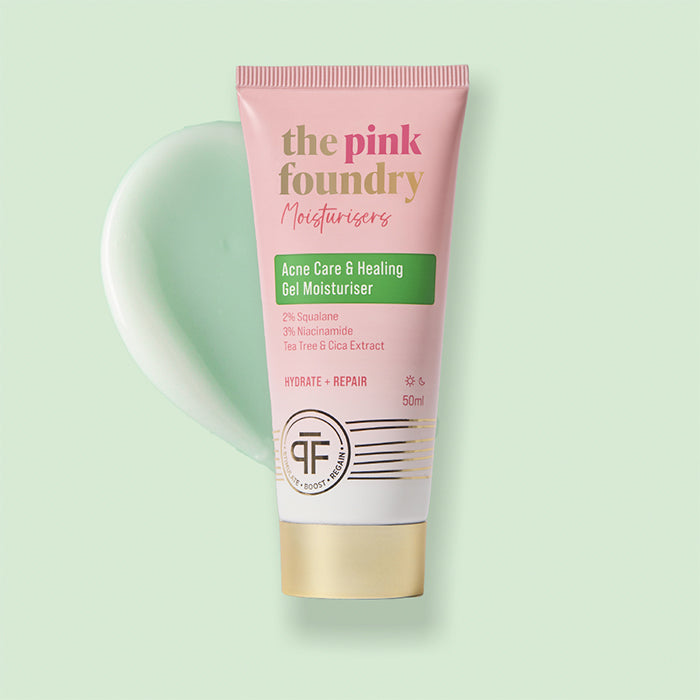

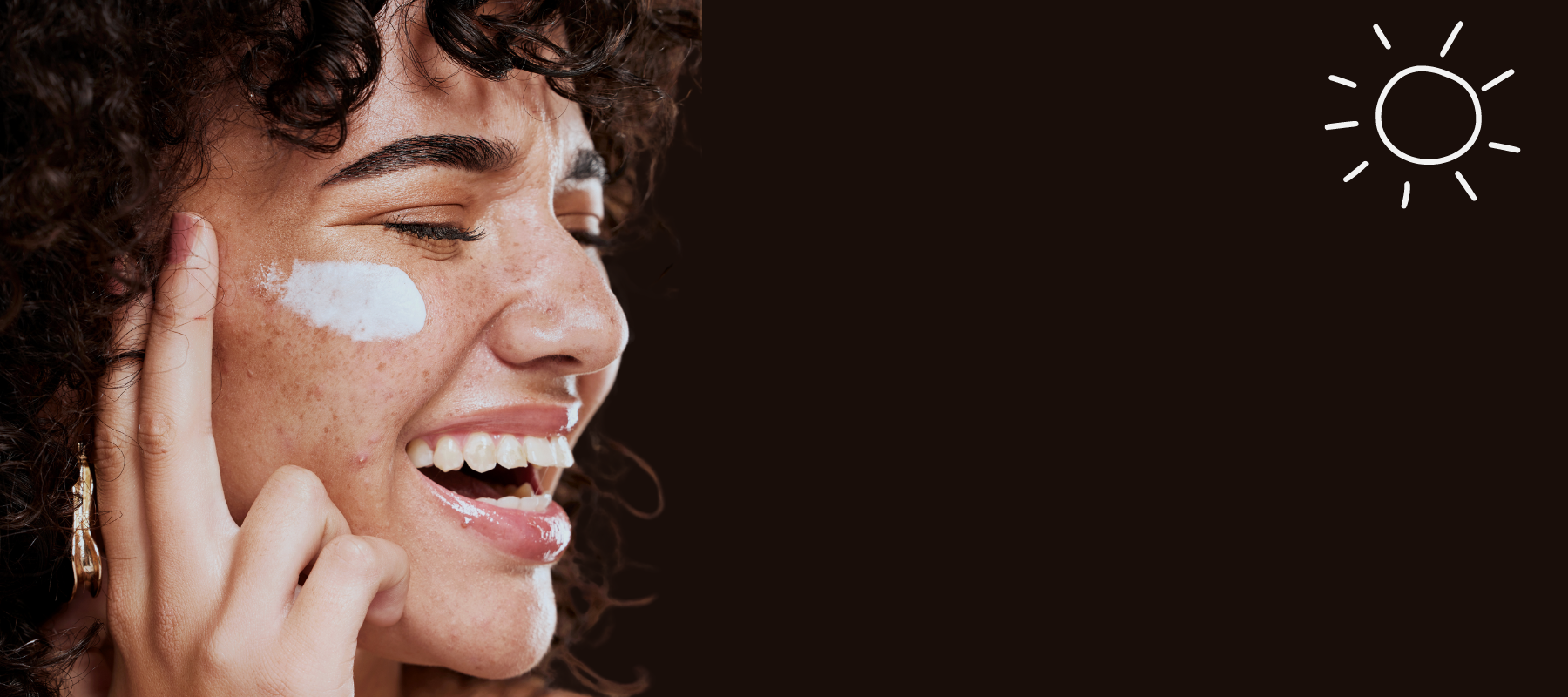
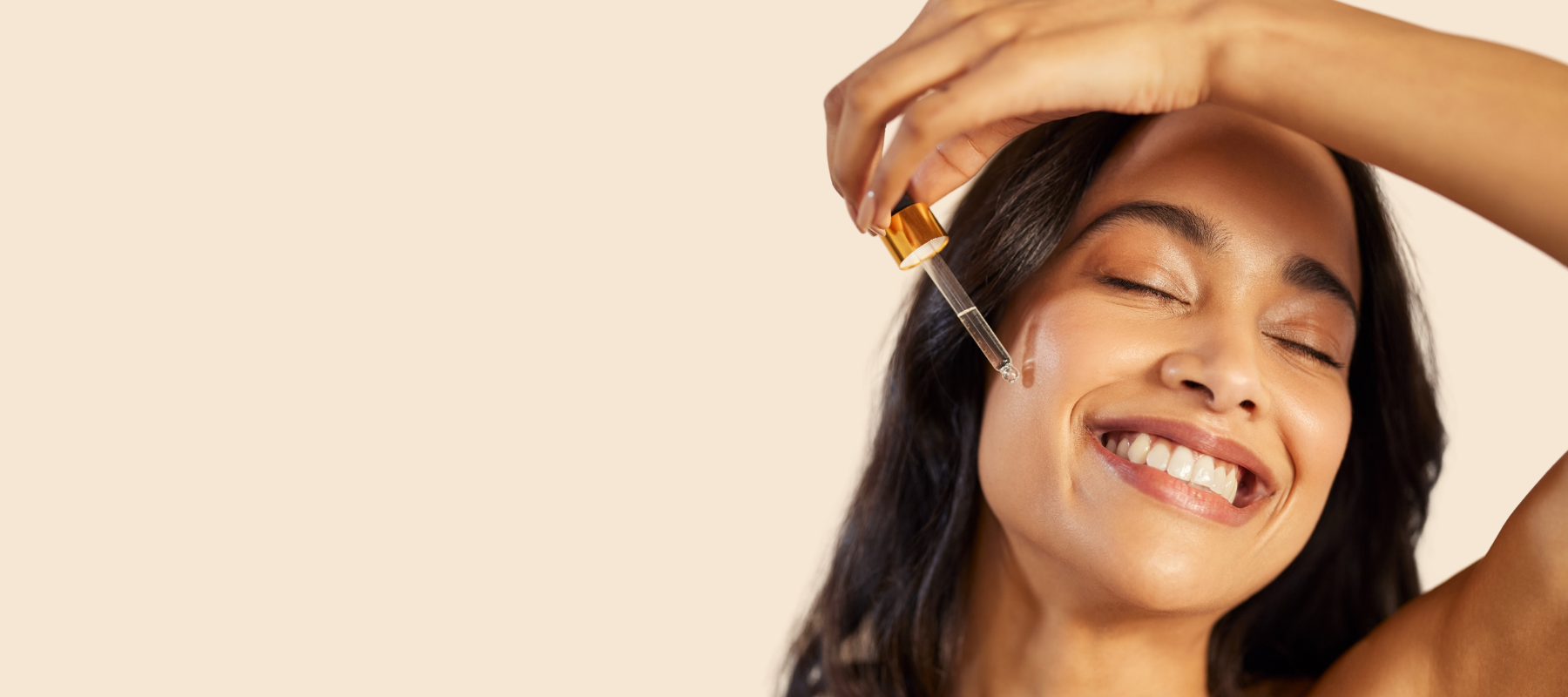
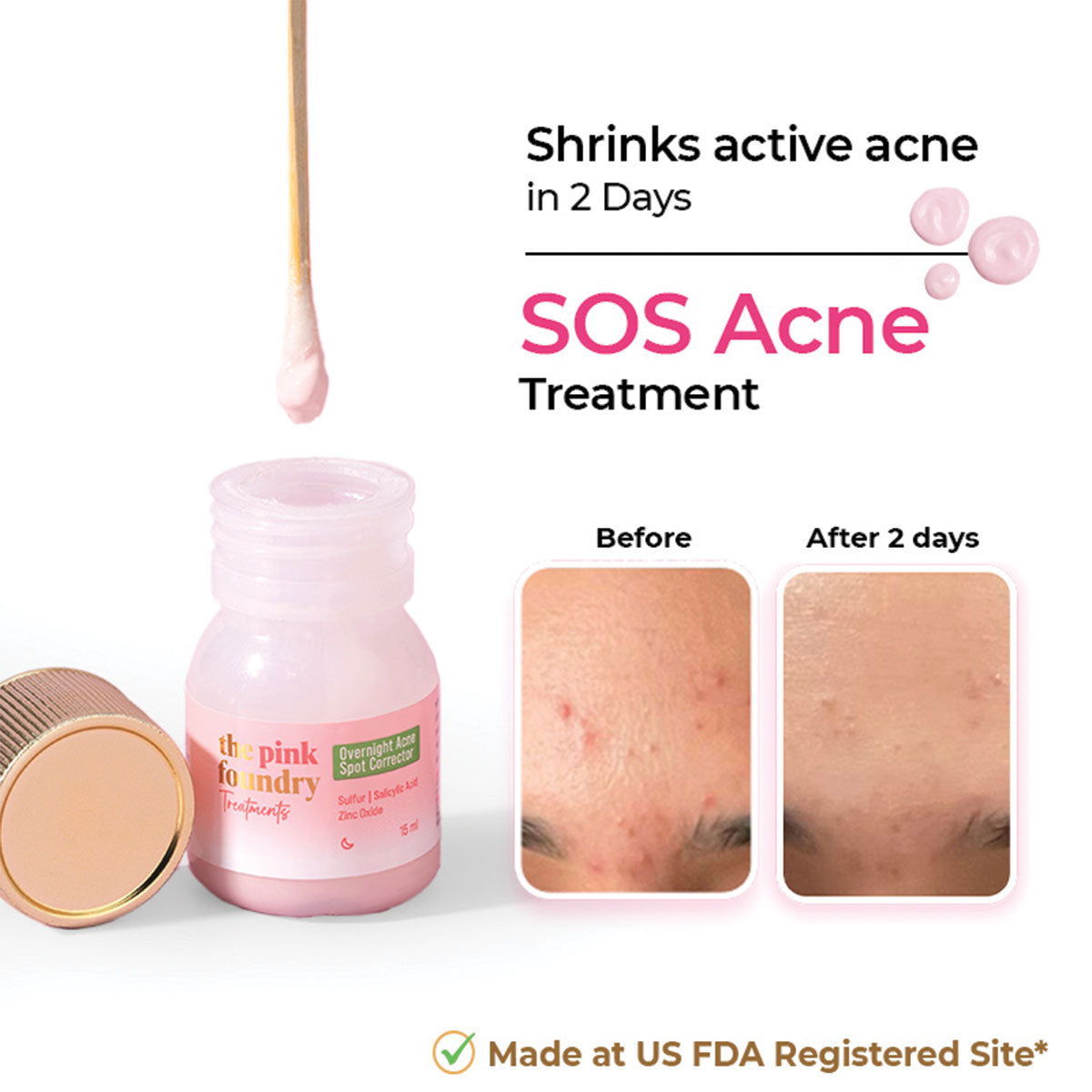
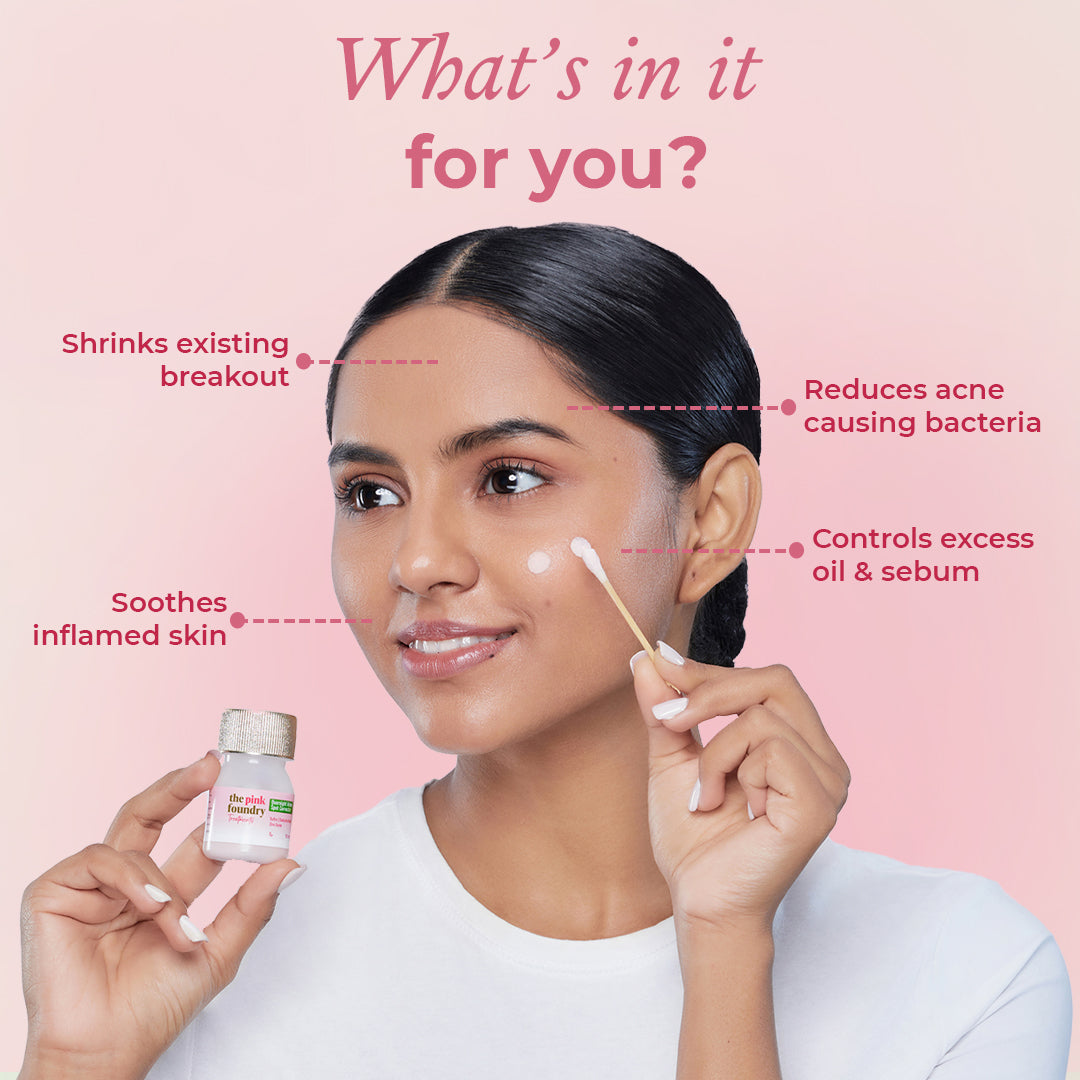
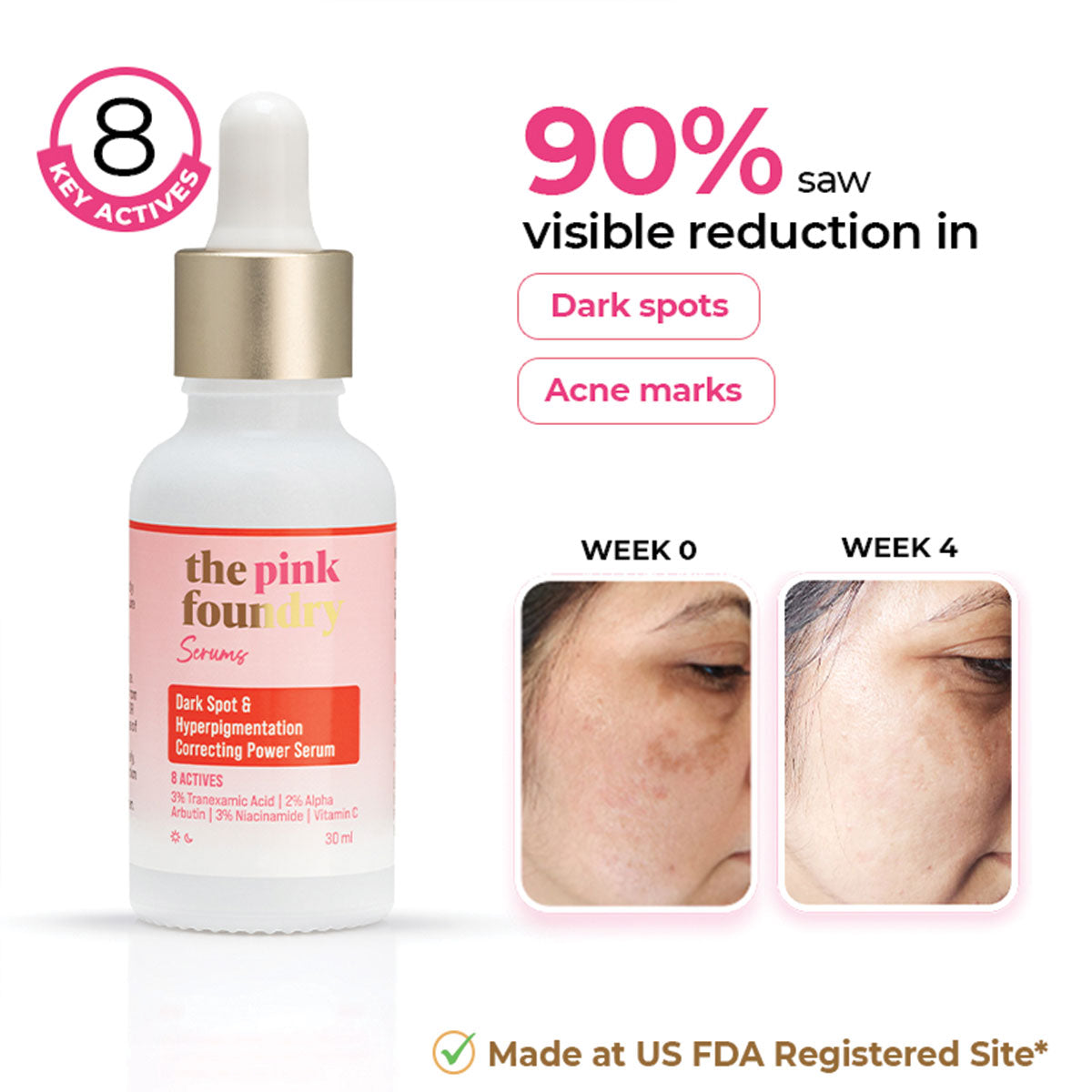
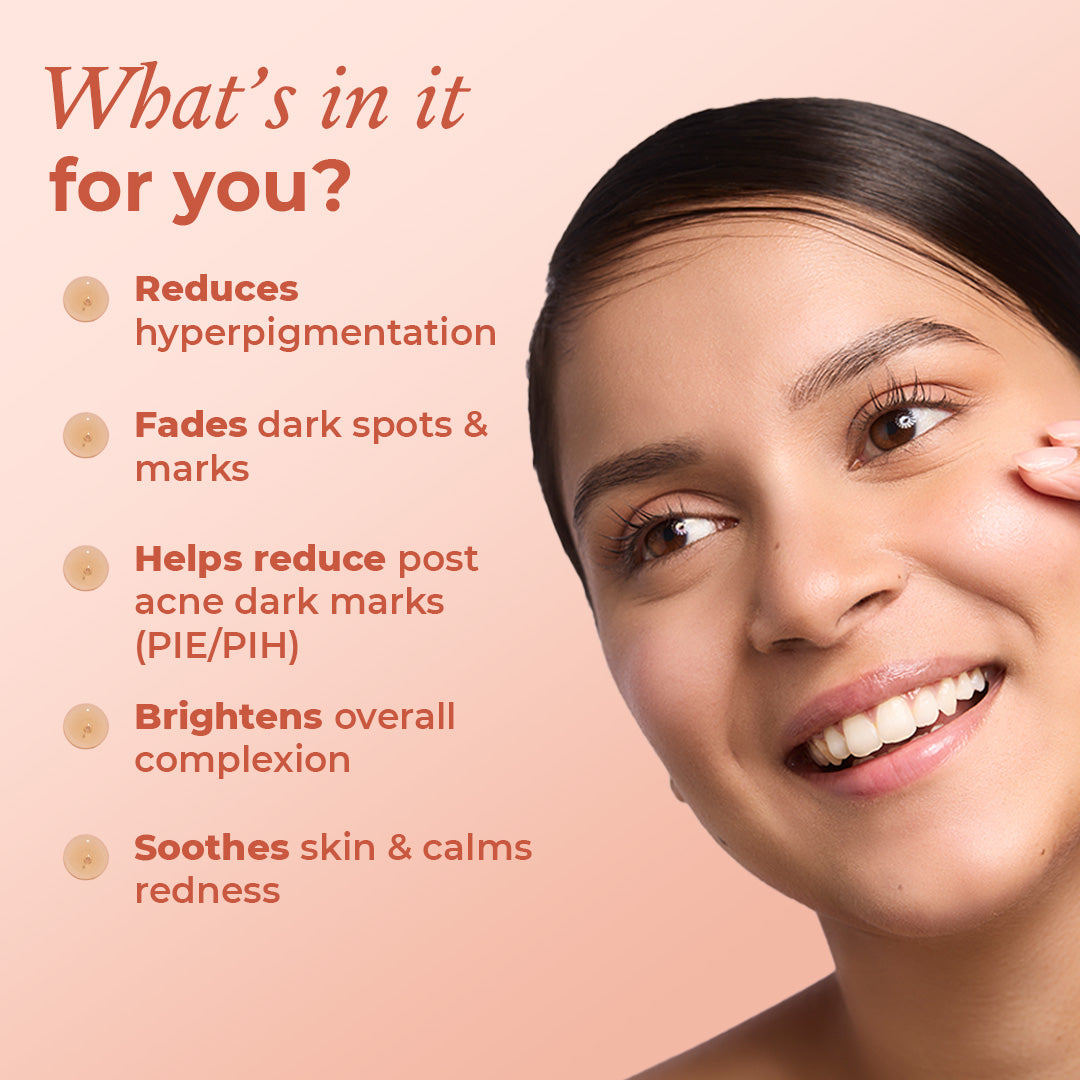
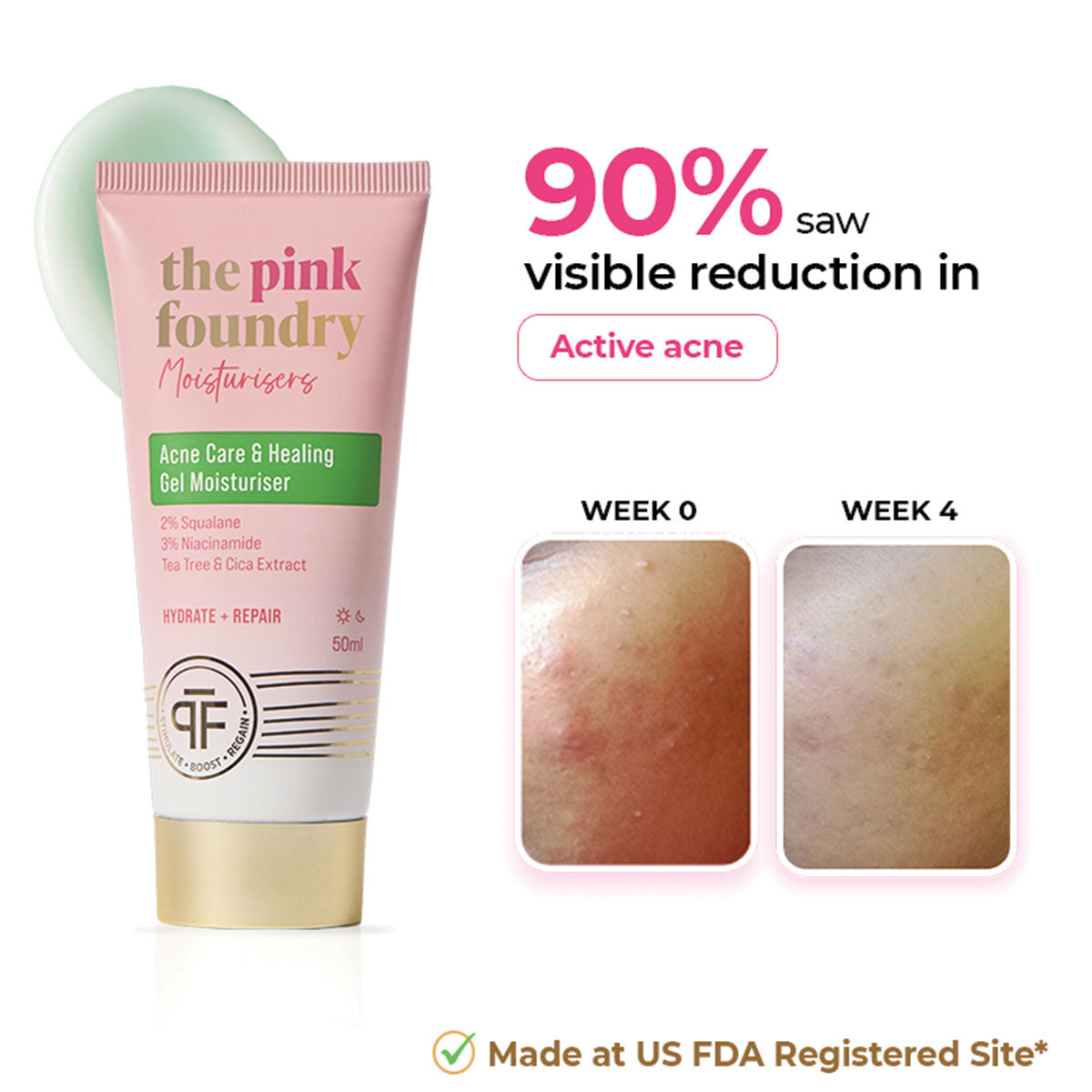
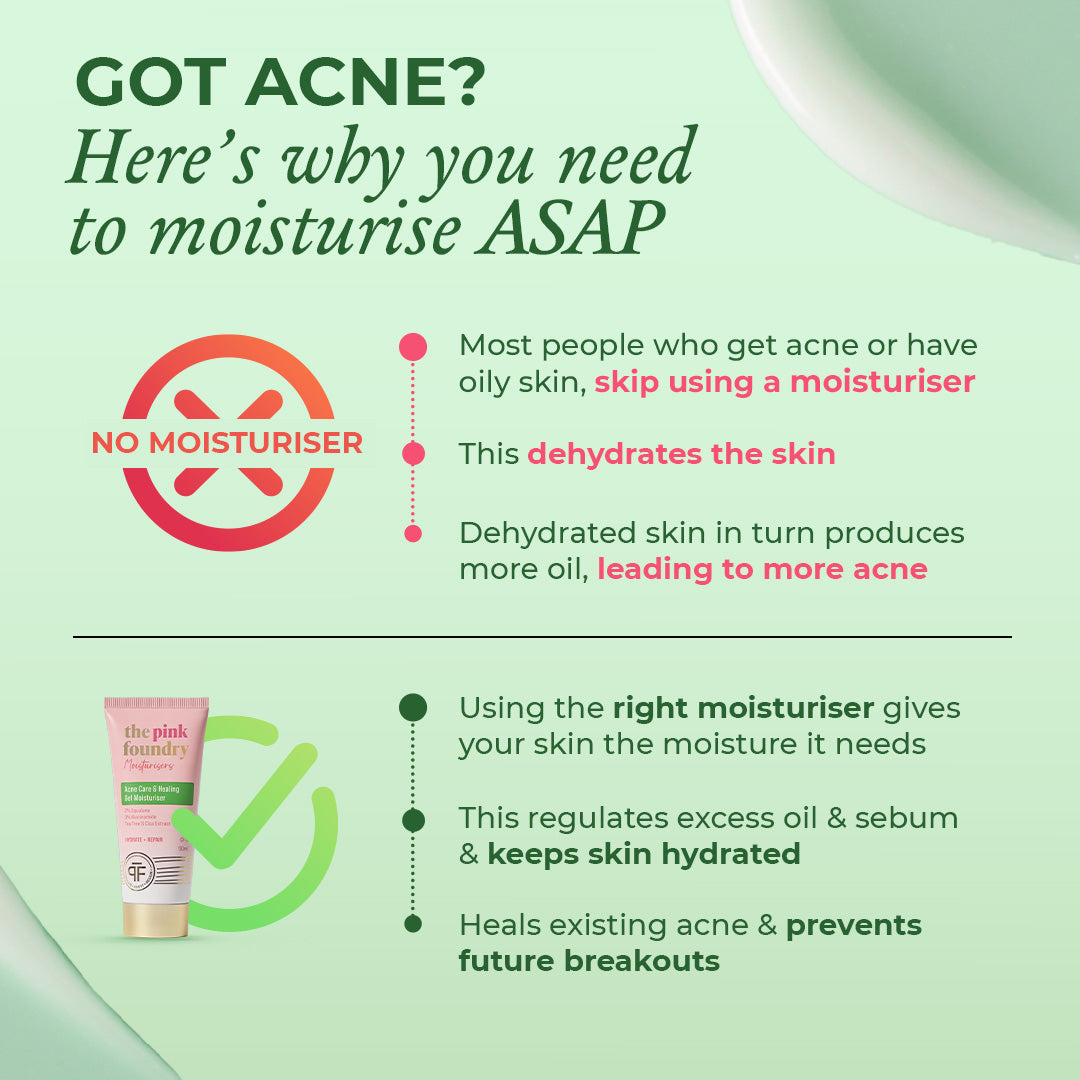
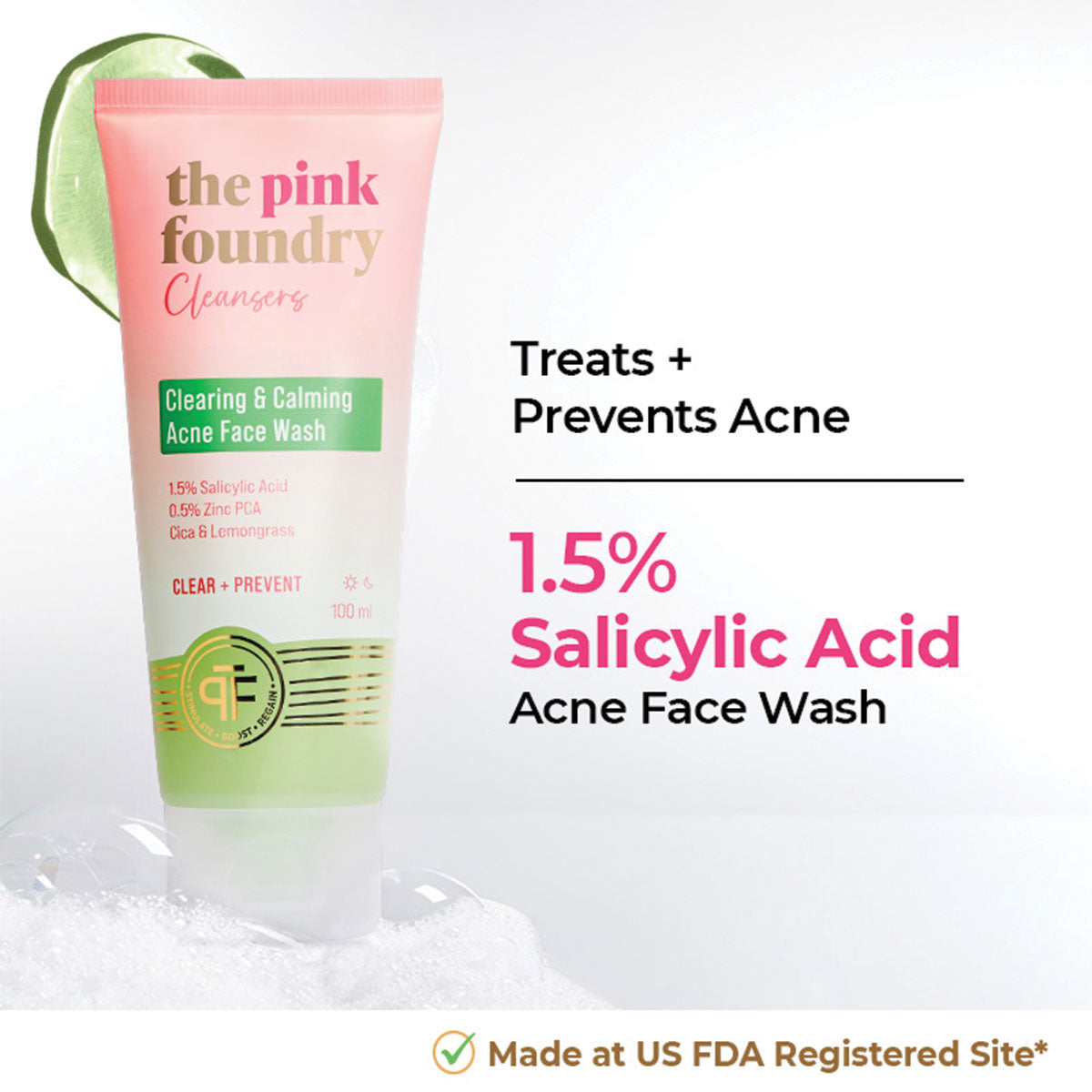
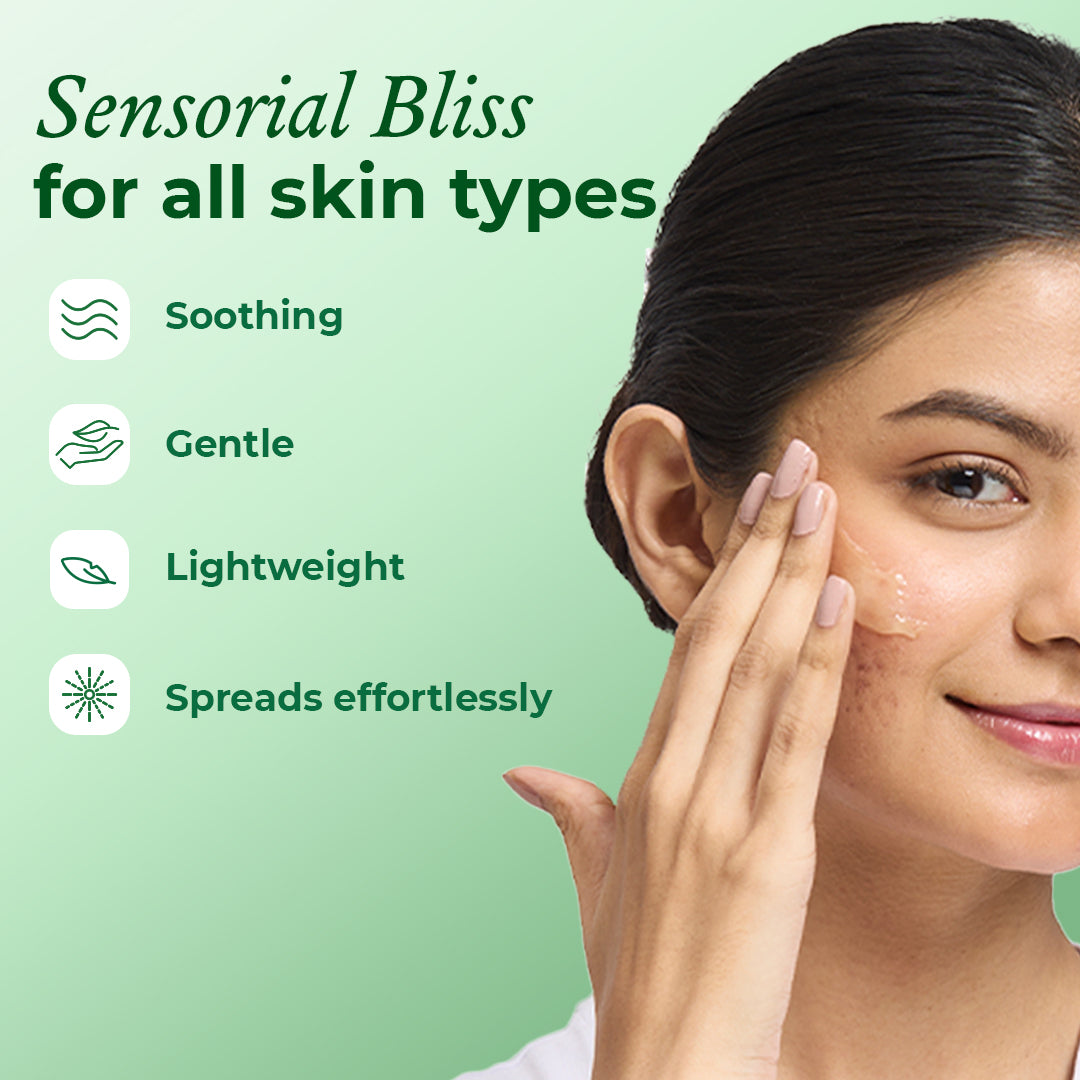
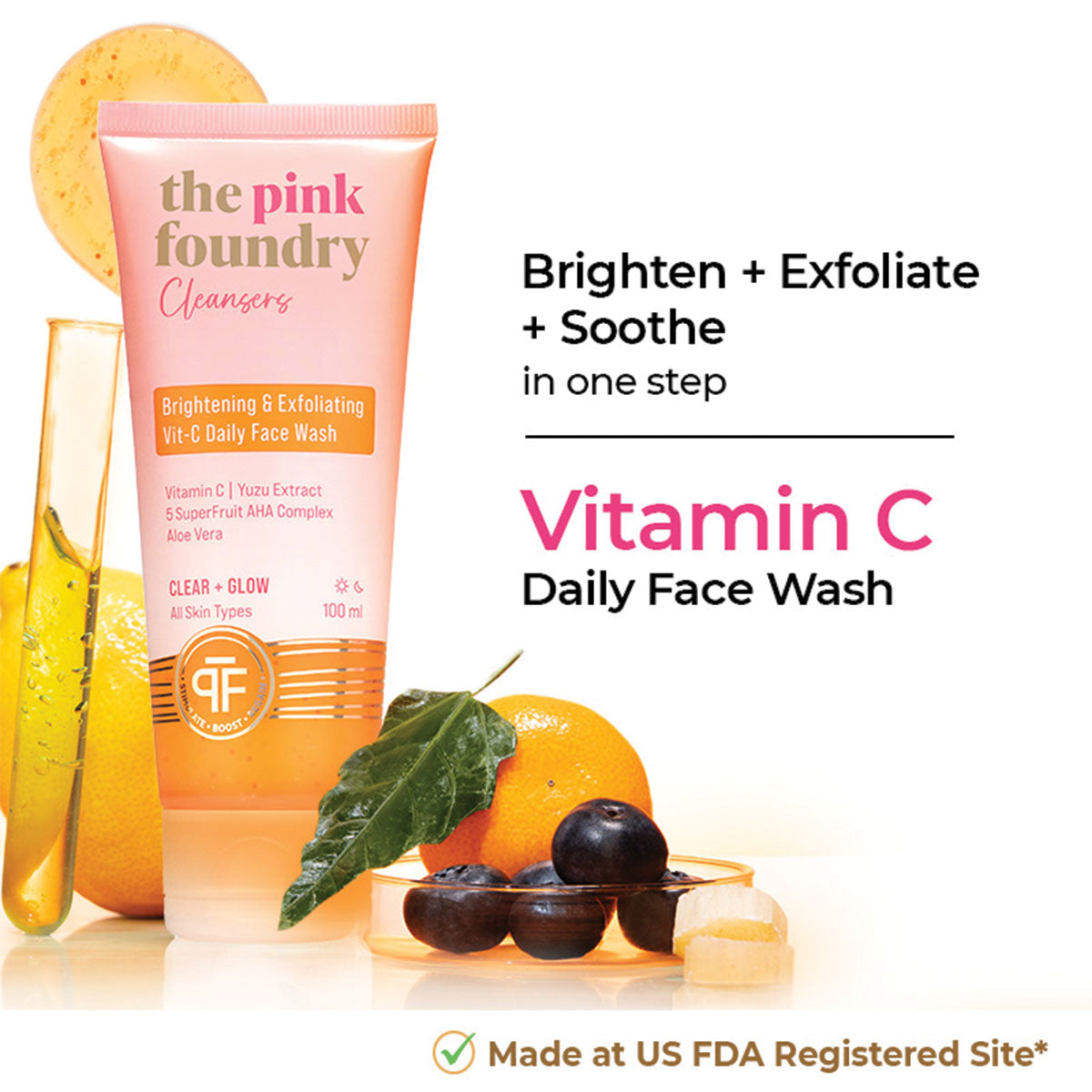
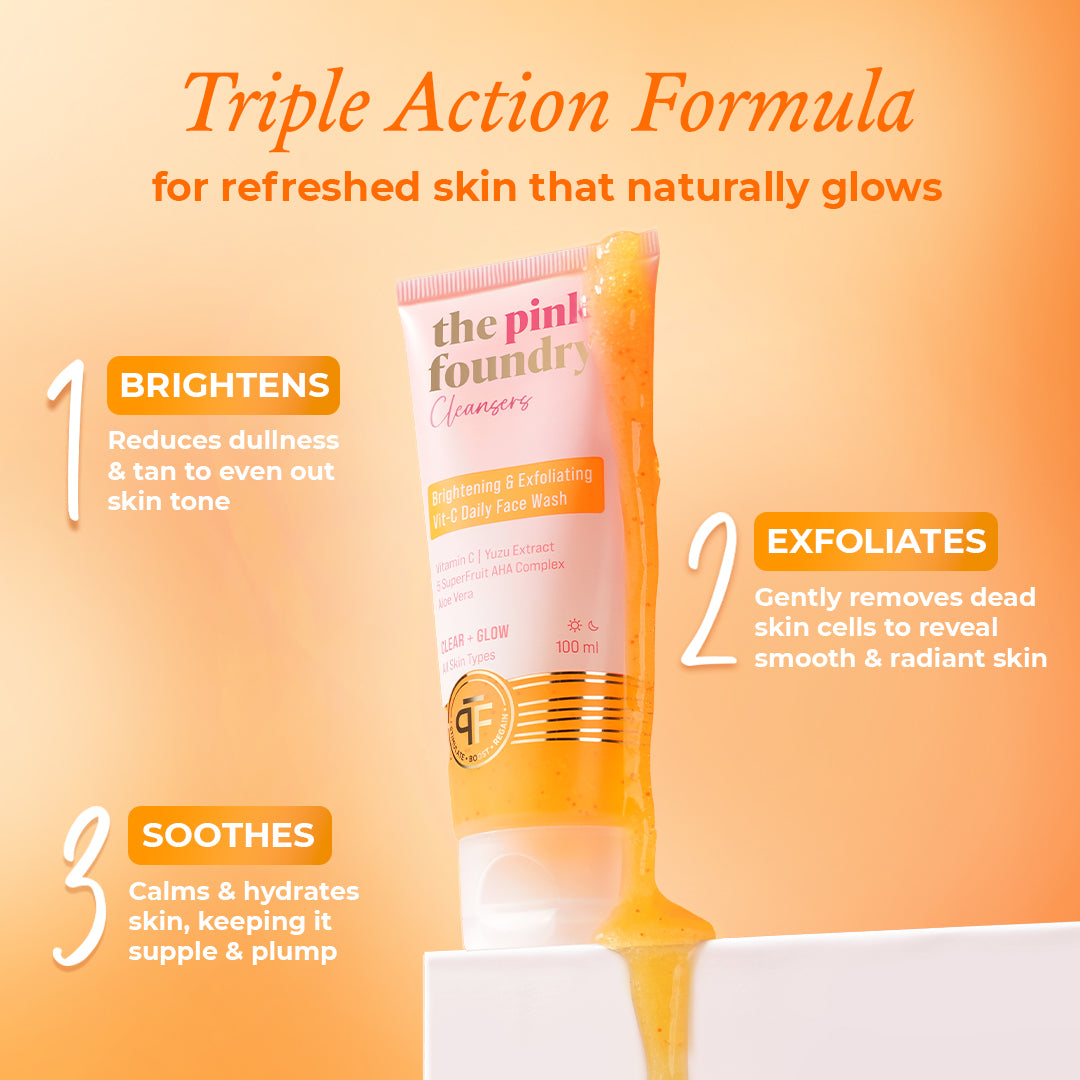

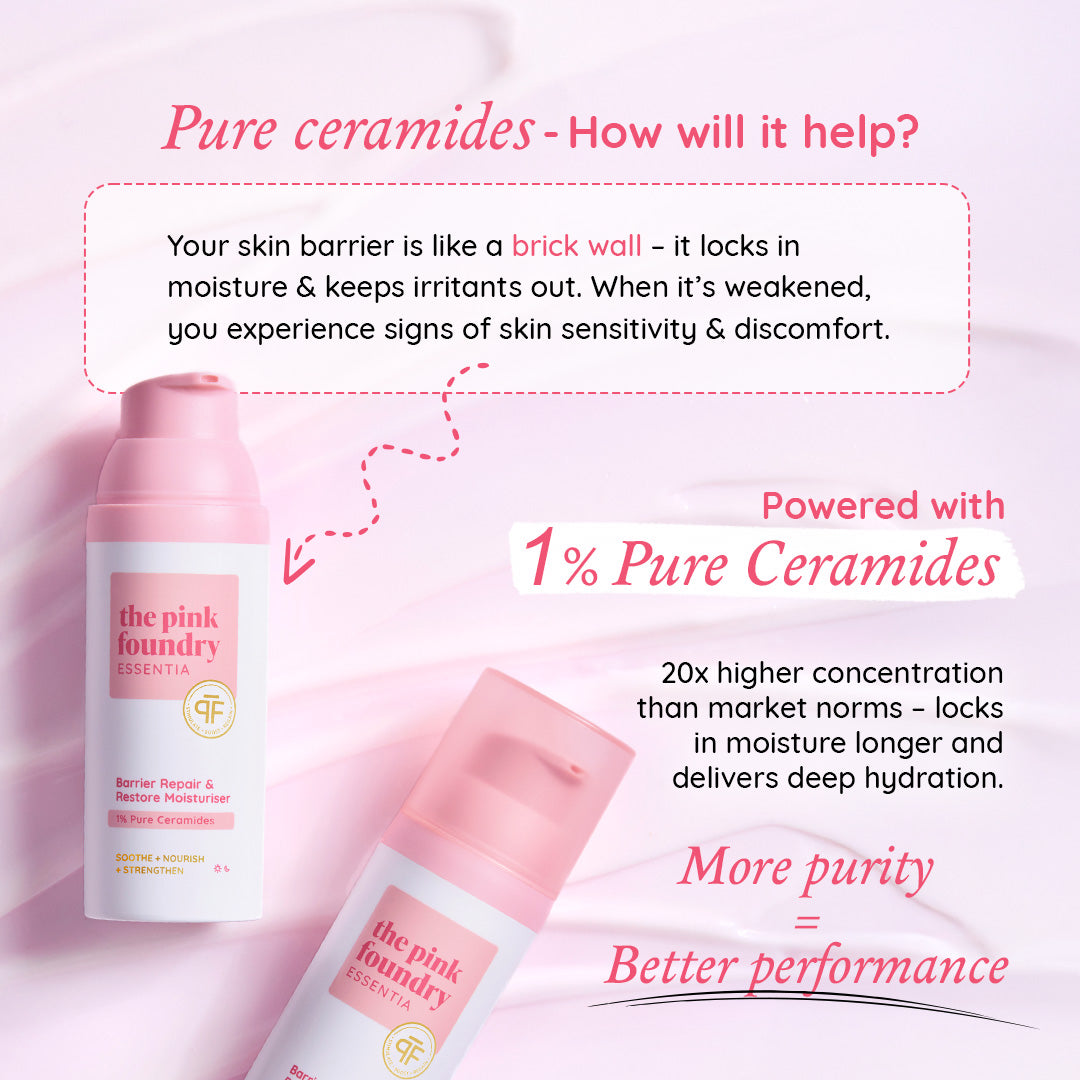




Leave a comment
This site is protected by hCaptcha and the hCaptcha Privacy Policy and Terms of Service apply.